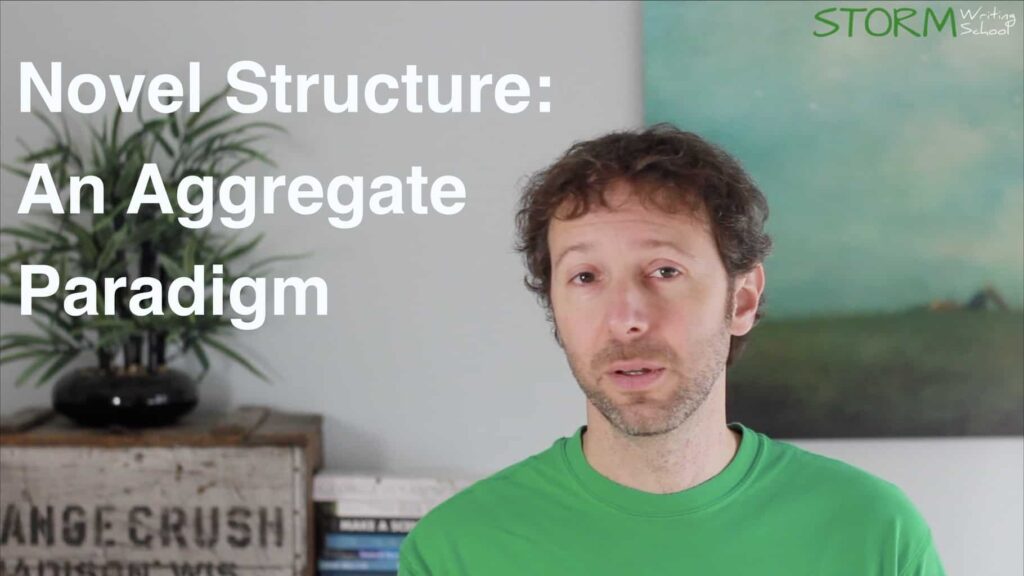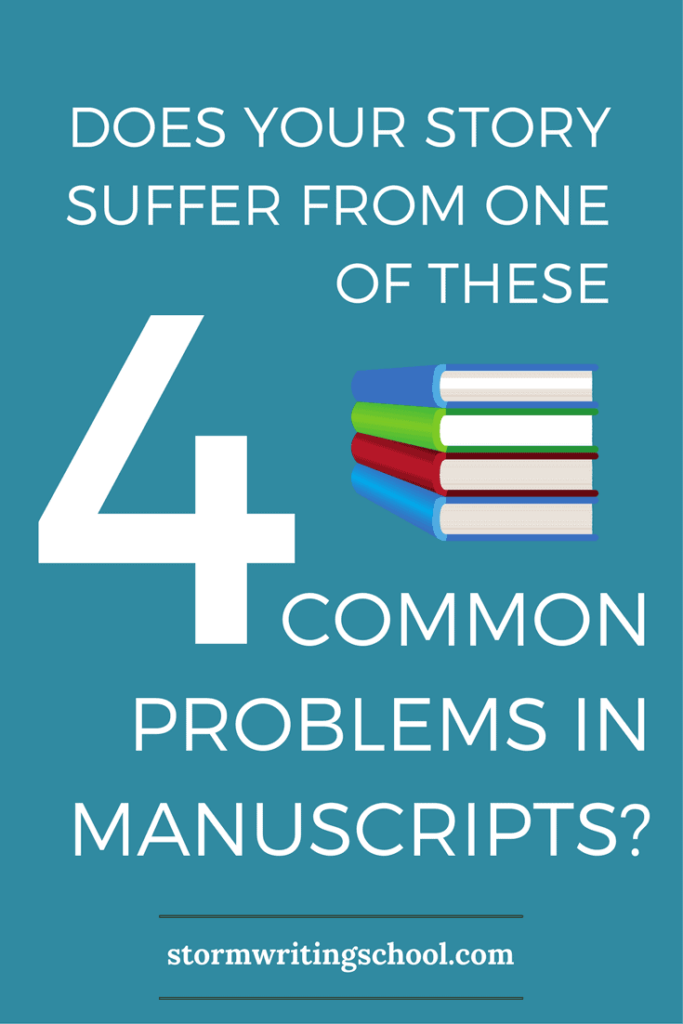Novel Structure: An Aggregate Paradigm

I’m very much a believer that writers must find the methods that work best for them. But just as a musician must first understand something about the structure of music (rhythm, tempo, scales, etc.) to be able to invent and improvise, so, too, must a story writer have some understanding of the structure of story.
My previous article featured a list of novel structure resources. Having combed through that list, I found some common ground among the various paradigms I investigated. This post features a video in which I walk through the plot points I saw over and over again in my research.
Juggle External Action and Interiority

External refers to what’s happening outside of characters’ minds. It’s the stuff that an observer could see. You could film it pretty easily. Internal refers to what’s going on inside a character’s head: feelings and thoughts. Prose storytelling regularly informs us of characters’ interiority in ways that, say, a screenplay cannot.
Creating Suspense

I recently came across this insightful analysis of suspense in the opening of the film Inglorious Basterds. In it, there’s a mention of an article from the Psychology journal, Frontiers in Psychology about Tension and Suspense. The authors, Moritz Lehne and Stefan Koelsch, posit six components underlying suspense and tension, which I find useful in thinking about crafting scenes to engage your readers and get your characters into trouble.
Common Problems in Manuscripts

I work with a lot of manuscripts–everything from novels to short stories; chapters, scenes; essays, memoir–and in this video, I go over four of the most common problems I’ve encountered in the work I’ve read in the past year or so.

